Primitive Huts
“Vernacular”
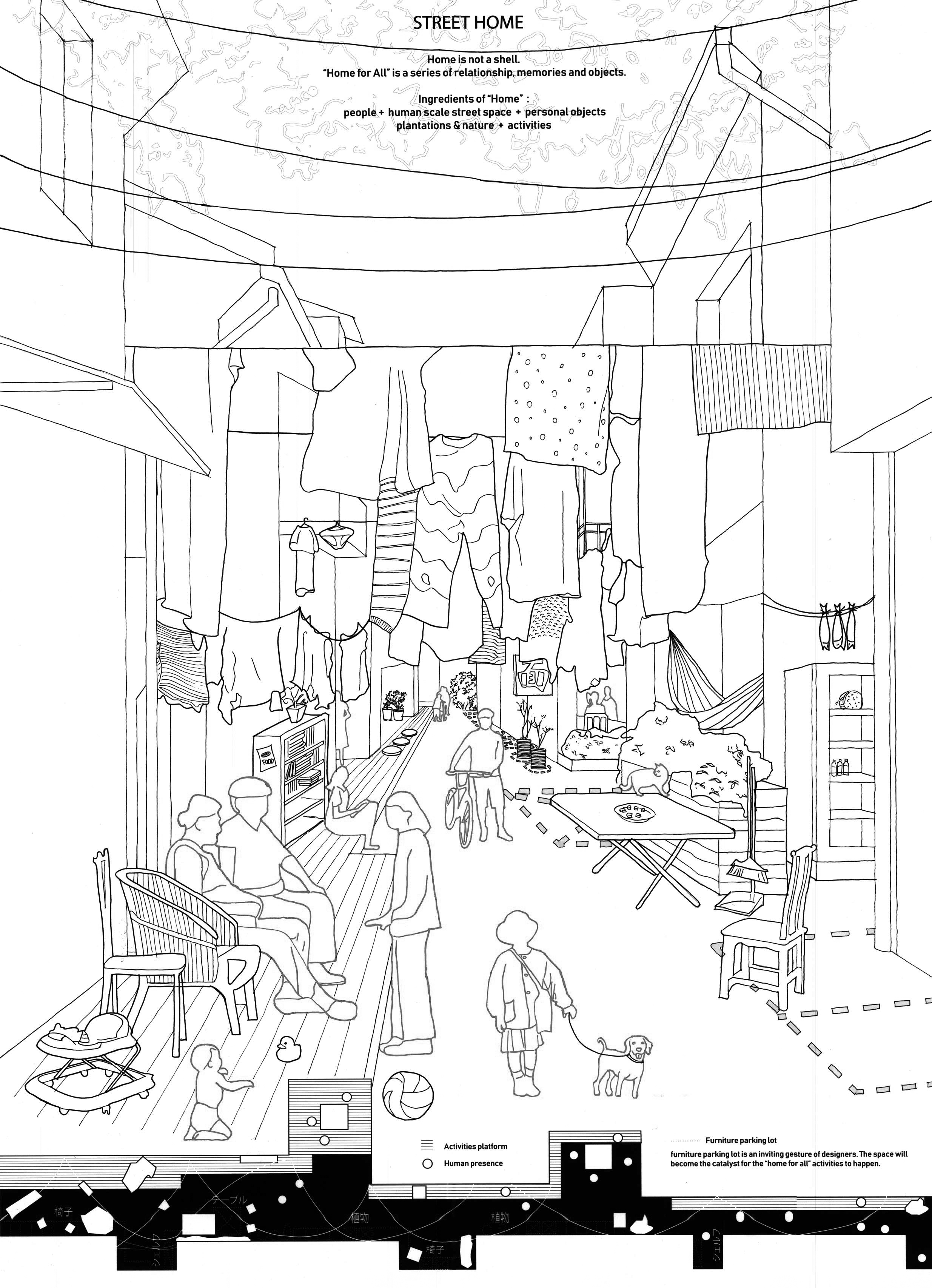
Jingqiu Zhang + Baolin Shen
The drawing is a collage of a series of impressions about hutong. It intends to depict the behavior patterns of the residents and objects in the place. “Primitive hut,” in this case, is not a building, but an inverted situation, a void that is defined by community interrelations. Instead of using plan, bird’s-eye view or axonometric, we chose human perspective to describe the experience of walking.
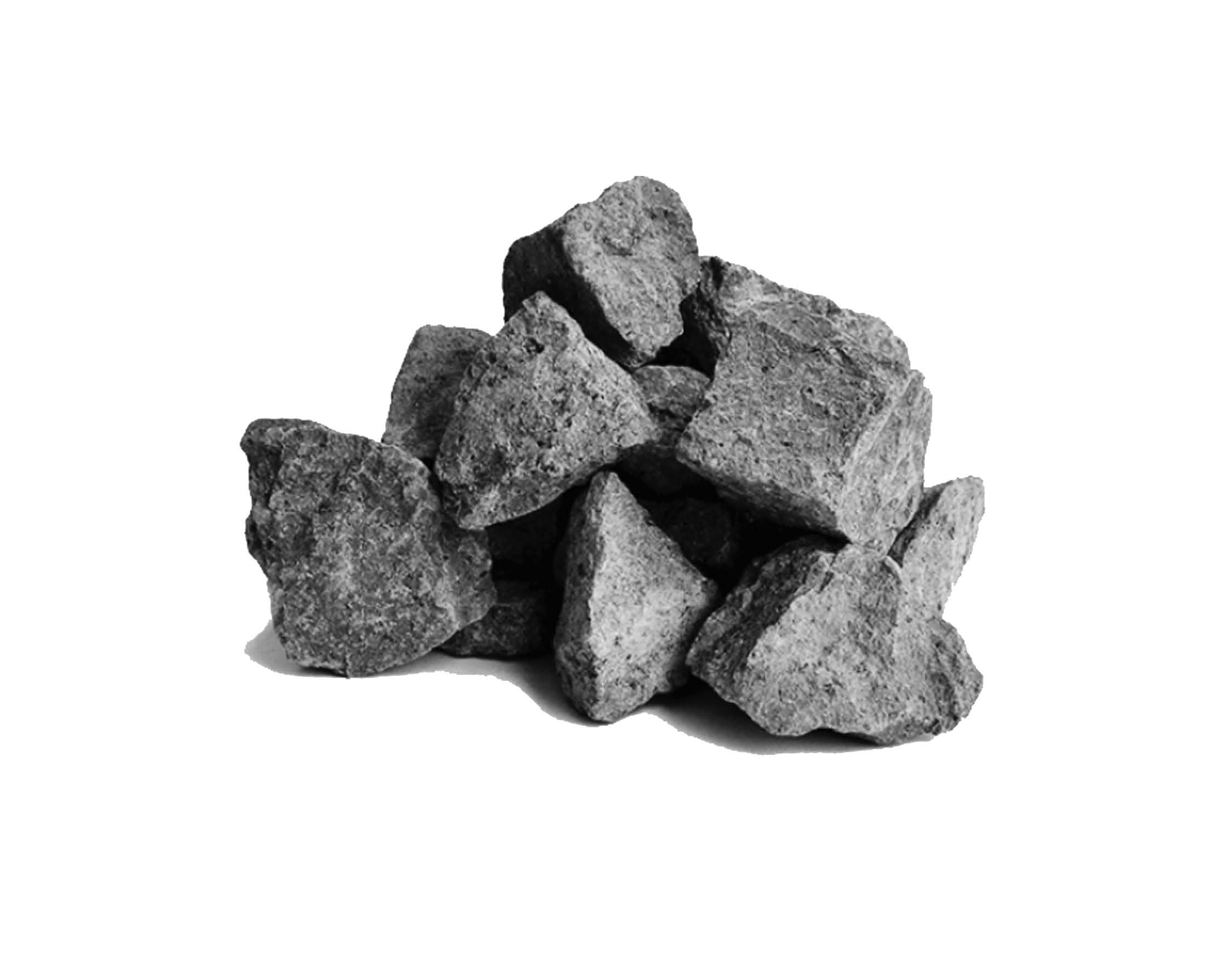
Iro Karavela
Caves were the first homes of people, a perfect shelter from the weather and the danger of wild animals. The stable temperatures provided a cool habitat in summers and a warm, dry shelter in the winter. Caves were also used as places of worship and burial. Especially during war and other times of strife, relatively small groups of people have lived temporarily in caves. Formations of land produce enough space for design orientations.
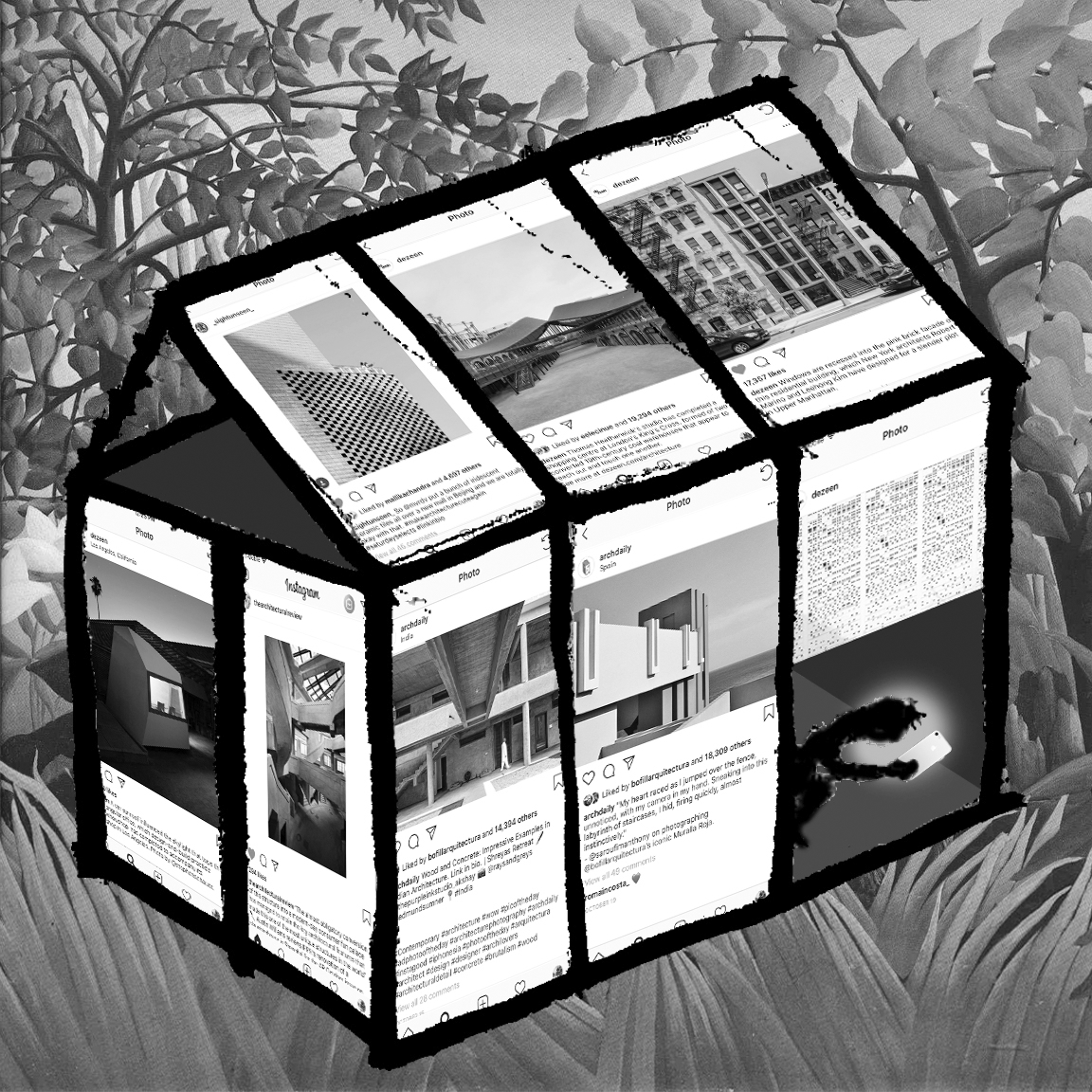
Humans of the early millennial period were known to occupy InstaHuts, or iHuts, basic shelters made of LED panels that glowed at night with live streams of rendered architectural images. An operable roof allowed for periodic air exchange and improved WiFi signal. Anthropologists suspect that the size of the iHut may have been determined by that of the human in fetal position, a bodily format assumed for the nightly ritual of “bedtime scroll.”
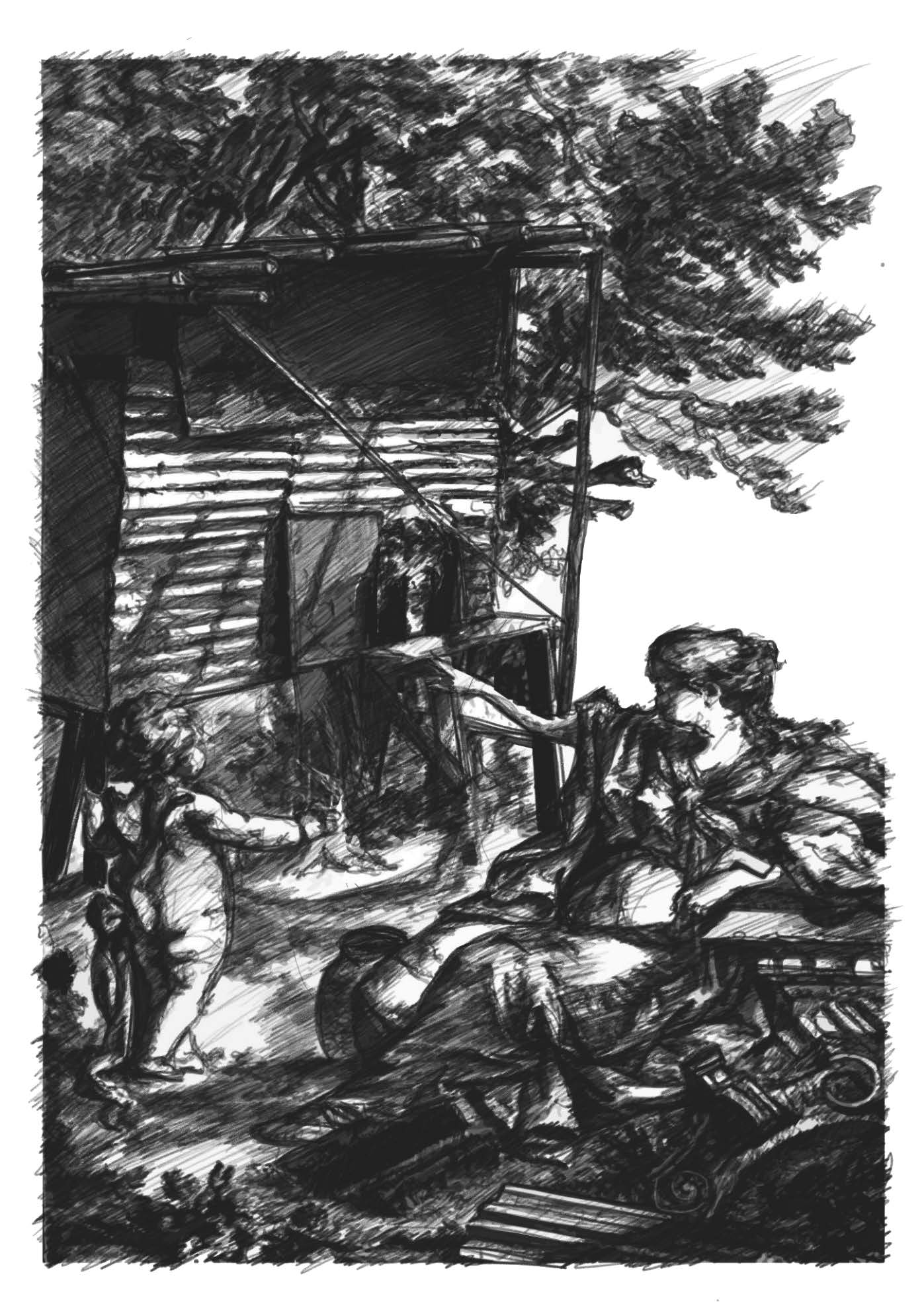
Eduardo Mouhtar Rafeh
If all buildings are truly descendant from Laugier’s hut, then it could only mean that the notion, “vernacular” transcends the formal, and aesthetic arguments, and revolves around a more sincere response to the particular relations between man and his most basic needs. For that matter, today’s primitive hut is closer to an informal settlement’s house made from brick and zinc, than to any other obscure premise. Today’s primitive hut is still the need for shelter.
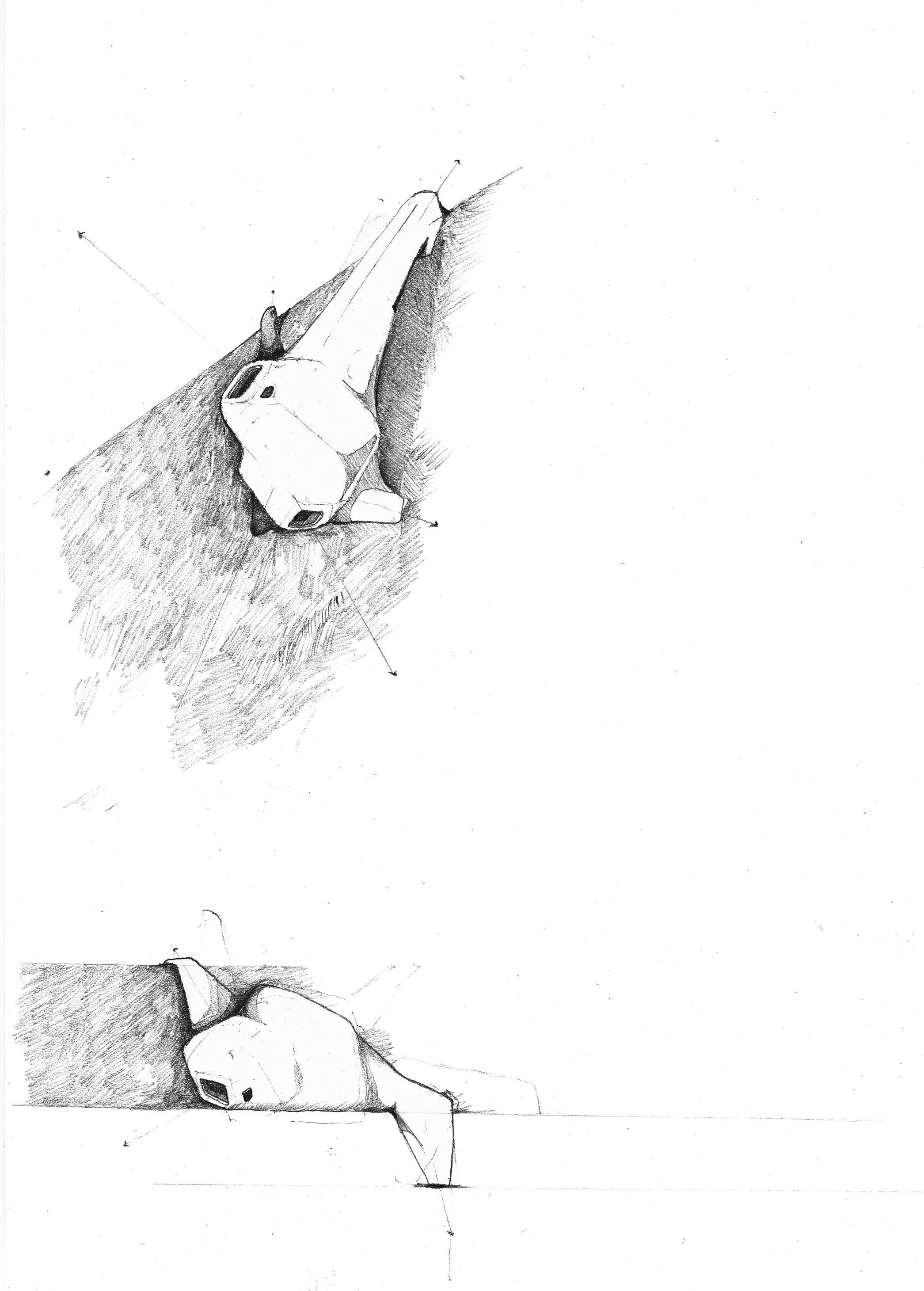
Dominique Cheng
What is it made of? Soft, durable fabric; shapeable. How is it built? Conventional binding, stitching, hemming, pleating, and ruching for structural integrity. Who and What is it for? A loner; nomad with no material possessions; for solitary confinement or meditation.
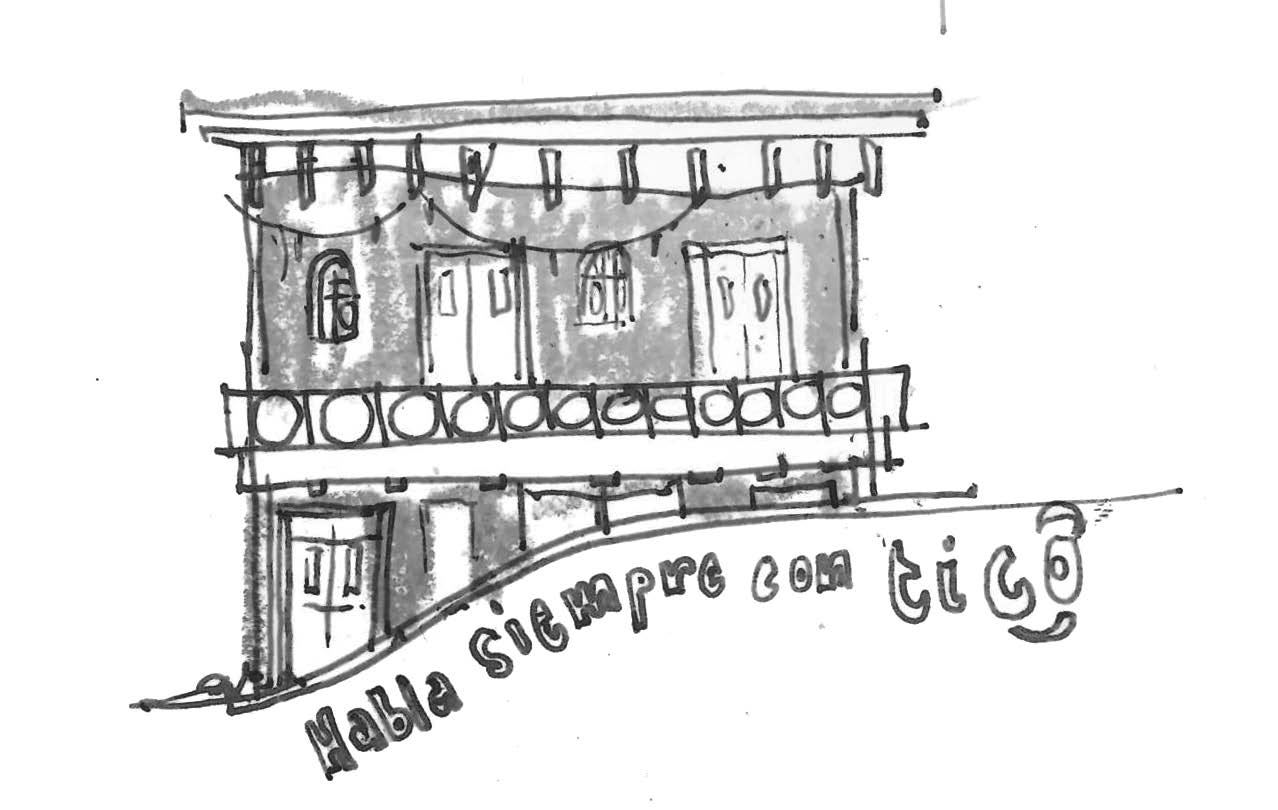
The building on the corner made of blue advertisements.
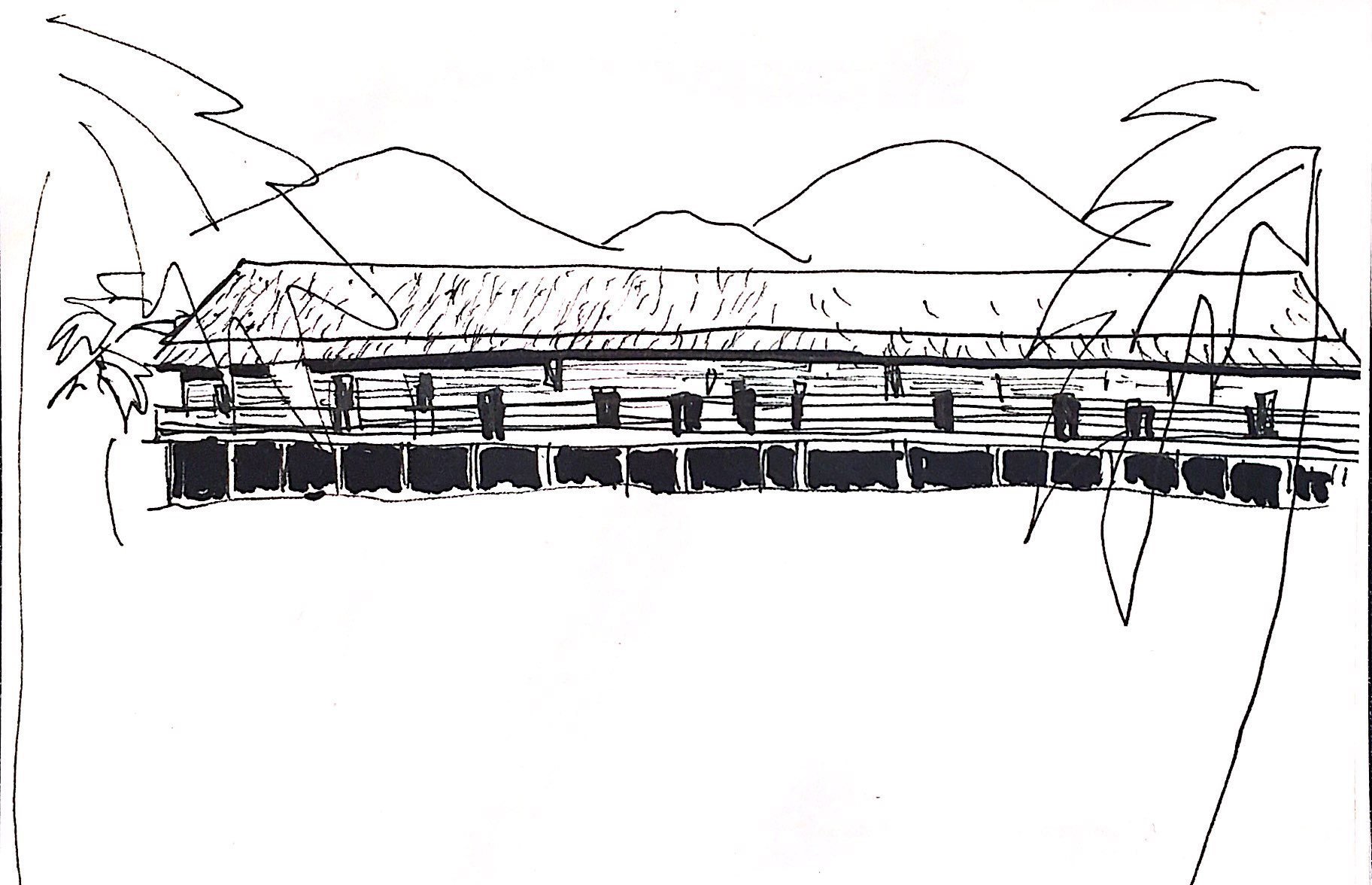
Serena Ching
Multifamily Iban longhouse [rumah panjang] in Sarawak, Malaysia.
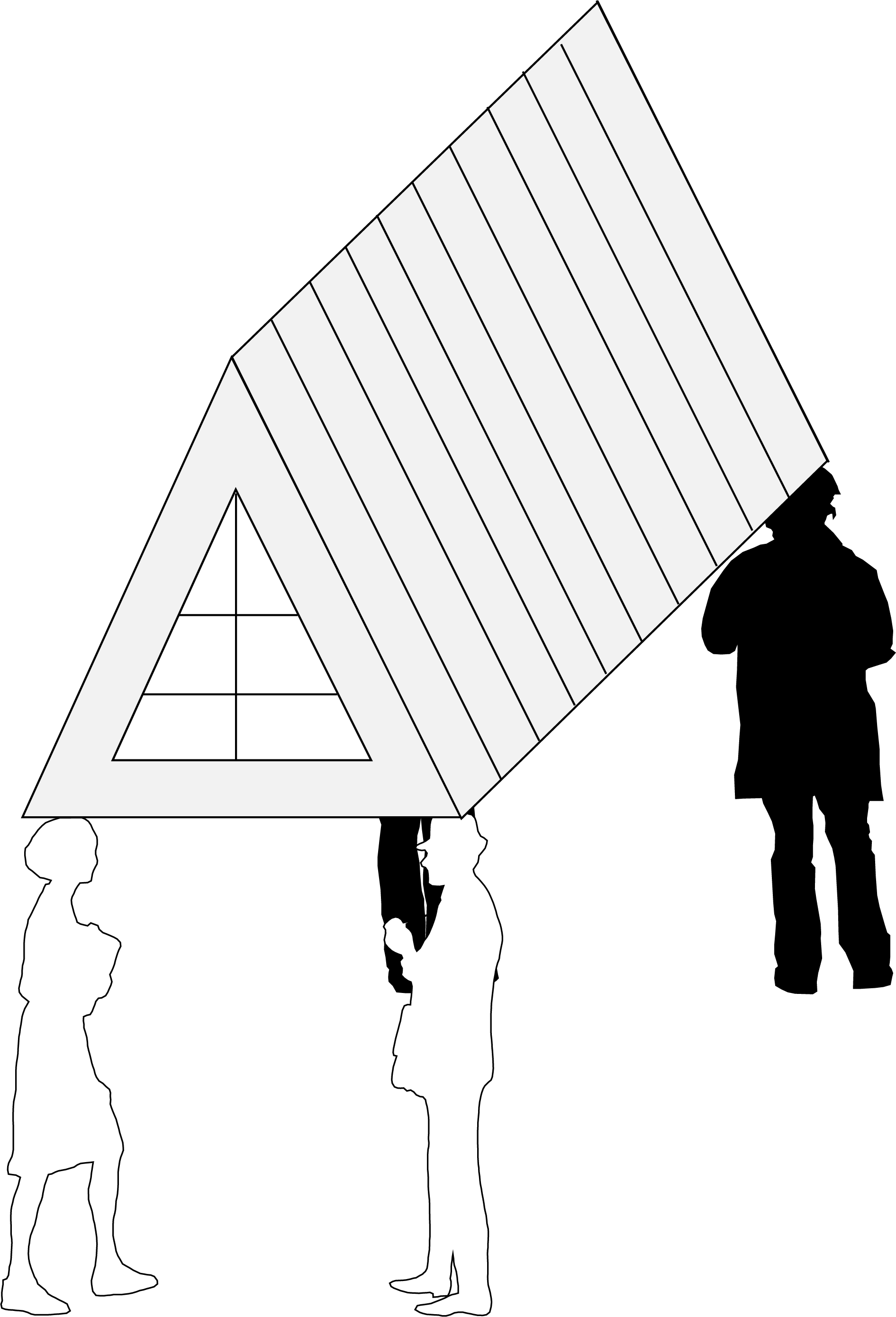
Rukshan the 27th
Shed
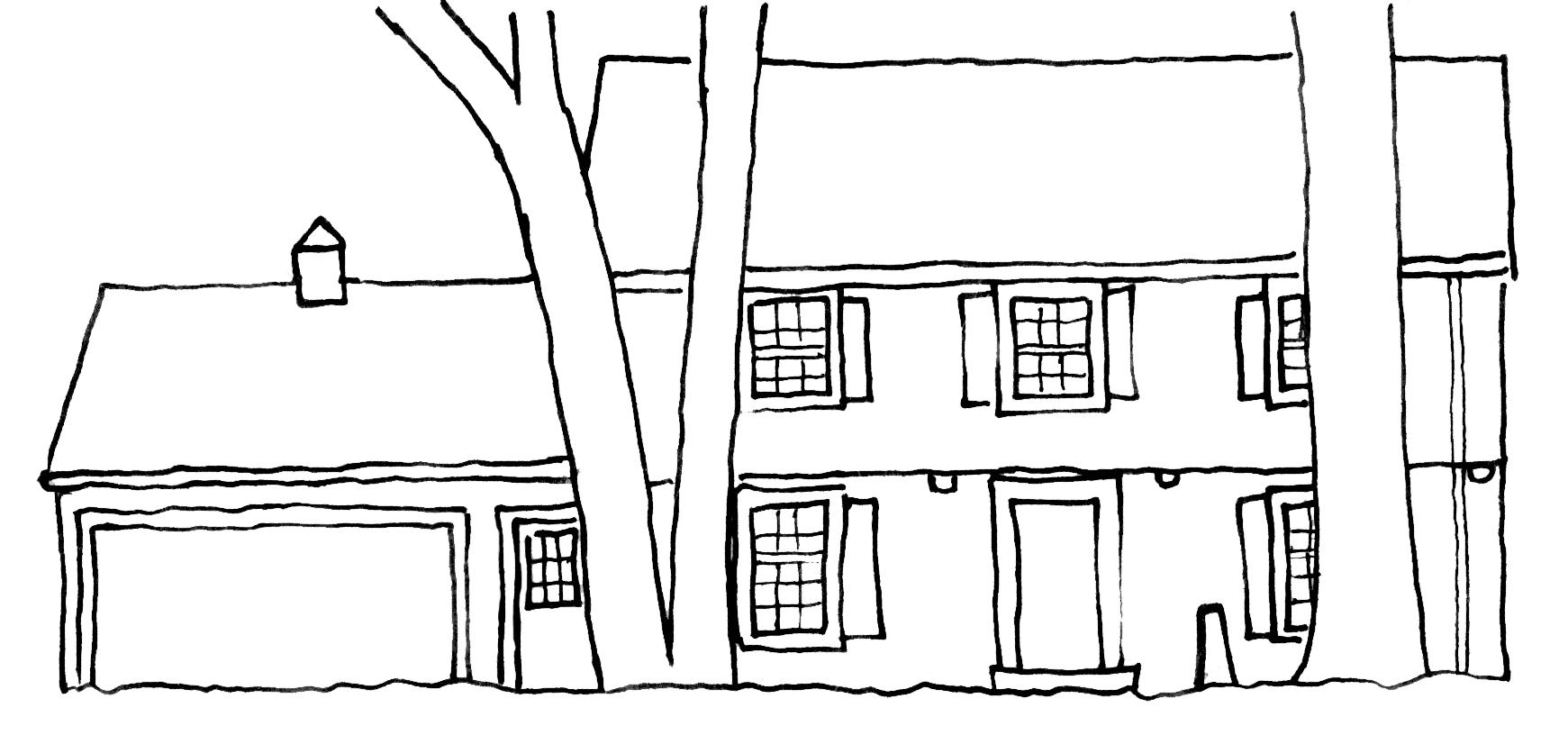
My Primitive Hut, Warren, Ohio.